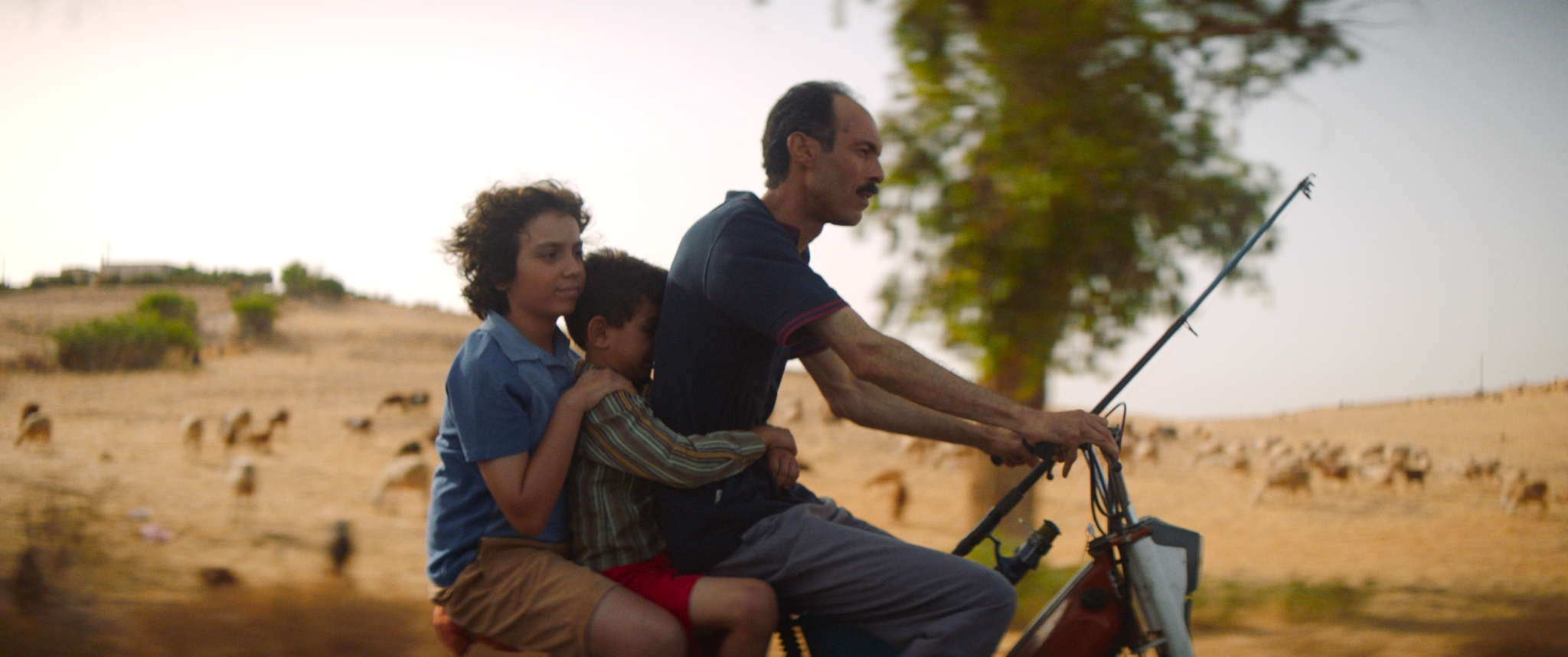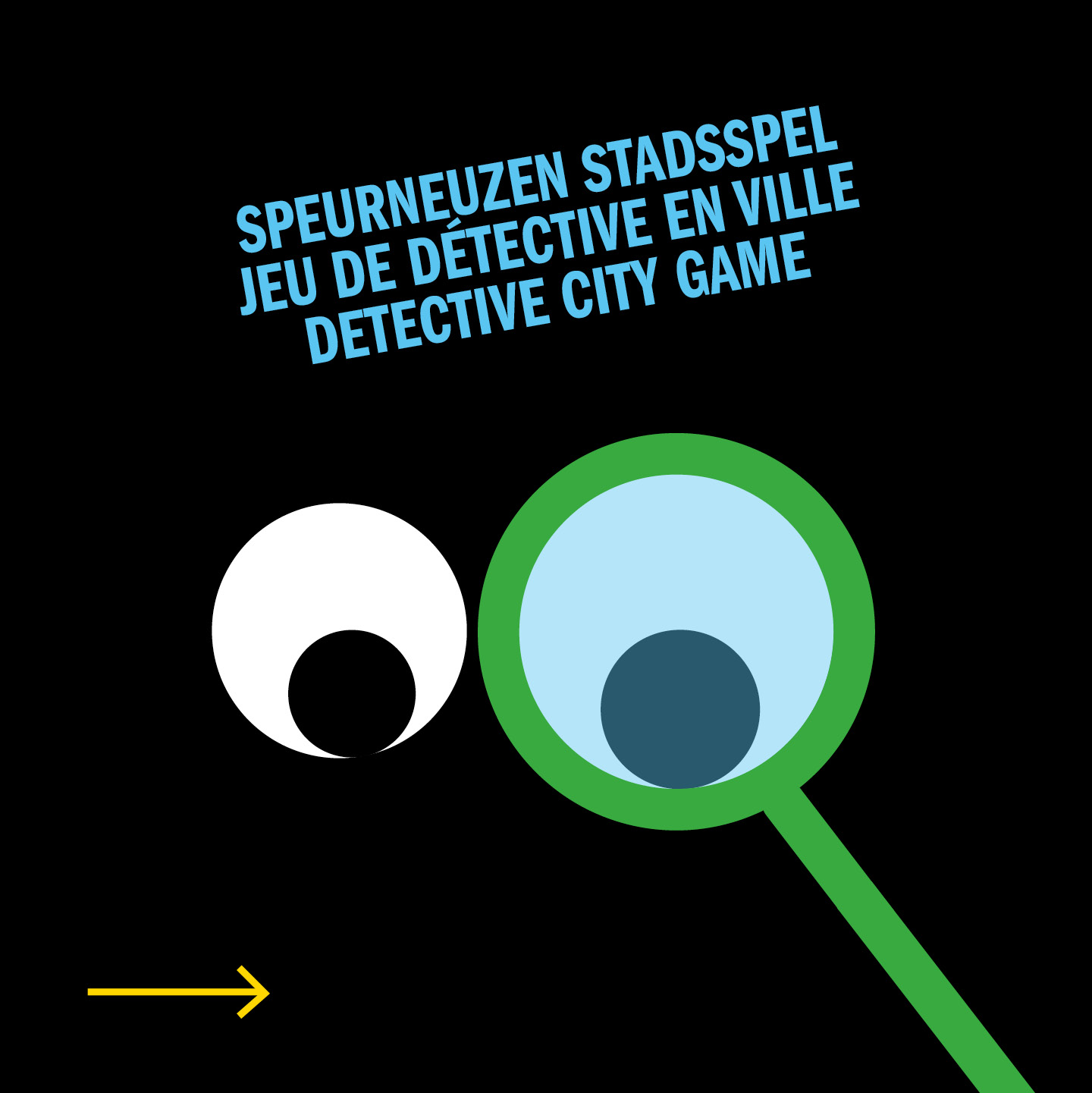
“A dirty T-shirt but a clean moustache”
Years after the death of his mother, 13 year old Karim has left Paris for Morocco with his father, who has remarried. Karim joins the newly blended family for a summer in Boujad. Muddled by the anxieties of adolescence, the “little Frenchman” struggles to adjust to his new surroundings until he meets the mysterious outsider Mehdi. Meanwhile, his father is finding it difficult to adjust and even more challenging to relate to a boy beginning to show signs of rebellion.
The film about family ties is one of the revelations of the Filem’on festival. We met both French and Belgian crew members. Two producers, the DoP and the composer talk about recording a sensitive, soft film in a tough environment.
What kind of place is Boujad?
Valentin Leblanc (producer): It is a small, isolated city in central Morocco, far away from the big economic centres, but it is also a holy city and a place for pilgrimage. Boujad has a great spiritual value in Morocco and in the entire Islamic world.
Delphine Duez (producer): During pandemic times, it was almost impossible to reach that place. Even for director Omar Mouldouir it wasn’t obvious.
How was it to be there?
Jean-Marc Selva (DoP): Extremely hot. No tourists would go there. It didn’t feel very spiritual to me. It’s a tough place, hot in summer and very cold in winter.
A SUMMER IN BOUJAD is a French-Moroccan-Belgian co-production. Why would a producer be interested in a project like this?
Duez: I met Moroccan co-producer Mohamed Nadif in a producers’ meeting in Cannes and immediately fell in love with the scenario. Omar’s writing is wonderful. We stepped into it as an interesting “adventure in humanity”.
Leblanc: The script evolved drastically – at some point it read like a Moroccan THE GOONIES, full of action and adventure.
So that is what a producer does? Cutting out all the adventurous parts?
Leblanc: The financial department took care of that by cutting back the money. For many debuts – and this one was no exception – a director might write a script in multiple directions, with few boundaries. This freedom in writing leaves you with countless options, but at some point you need to find out what you really want to tell, what is the core of your project. Every debut can be tricky when directors put inside everything they have, as if it will be their first and last chance.
Selva: For people remembering their childhood very precisely, this is an exercise in letting go.
The story is set in 1986. How did you reconstruct the past in a place where time has not been standing still?
Selva: The scenes on the main square were the most important, but Boujad has turned into a hectic city, full of cars, and low-budget films can’t afford to digitally clean up every shot. We know there are flaws in the images, but we had to shoot it like this or not make the film at all.
In A SUMMER IN BOUJAD both father and son are searching for their roots.
Leblanc: It’s a reversed story about migration. These people once were rooted in Morocco but they ‘unrooted’ themselves a long time ago. Karim has been raised in the Paris suburbs; now his father returns to where he came from, a long time ago. Finding your roots in a place that should be ‘yours’ but where you feel like a stranger, was an important element in the life of the director.
Duez: Karim is no longer a child. As an adolescent, this is the moment he will decide who he wants to be. All his encounters will define the person he will become.
Thanks to the father, we get to see one of the most clean-shaved moustaches in film history.
Leblanc: Only Clark Gable could compete with him. The guy always has a dirty T-shirt, dirty pants… but a clean moustache.
One thing that might help you in your search, is a mentor, someone to guide you. Is that a role for Mehdi to play?
Leblanc: He is a bad mentor, leading you on the wrong path. Like the Gandalf of Crime. Throughout the story Karim is searching for an identity that could fit him. He searches with his father, with kids from the neighbourhood, with women from different ages, and none of it seems to match. Mehdi is the only person he connects with but they’re fundamentally different and it’s not the path he should take in life. Only at the end of the film, we get a glimpse of how a connection with his father and his mother-in-law could evolve, somewhere in the future. He is just getting started.
There is this great scene that throws an intriguing question on the table; what happens with movie characters after the credits?
Selva: If the film is bad, they die. If the film is good, they live on forever.
I was amazed how in this film you played with light and shadows.
Selva: The daylight is very bright and aggressive. Shooting outside under a vertical sun, the light is extremely bright, there is no shadow and all eyes turn dark. It’s terrible; you can’t capture any emotion on a face. Working on a small budget, we had to shoot everything at any moment possible. We couldn’t afford being picky.
What about the music?
Simon Fransquet (composer): When I first met Omar, he fell in love with the sound of the charango, a Peruvian instrument. We wondered how it would sound if using it in Arabic music. We took some Arabic tonalities and adapted them. Due to a scholarship, I did my composing on the set in Morocco, which is a unique opportunity. In the evening at the hotel I presented themes that I composed, and we discussed how sound and vision could enforce one another. For the final song we asked Yasmine Meddour, and had the lyrics translated in Arabic, like a mother singing a lullaby for her child. When Omar heard the result for the first time, he cried.
One particular emotion was ‘anger’. The film is soft and touching, but in some characters I can feel the anger bubbling underneath.
Duez: That is an evolution that Omar went through himself. There is misunderstanding and anger, then sadness and sorrow, and finally forgiveness, acceptance and redemption.
What about the storks, coming and going and building their nests?
Selva: They were there and they are still; they belong to the place. Storks deliver babies; when Karim is looking everywhere for a mother, he even looks at the sky, at the storks. They are building their nests, while Karim is looking for a home. Metaphorically it’s all there. They were not in the script though, and they were difficult to capture on camera.
Today you had a Q&A session with kids. Maybe I can draw from their inspiration… What was the best question you got from them?
Selva: What was the title of the film?
Gert Hermans








